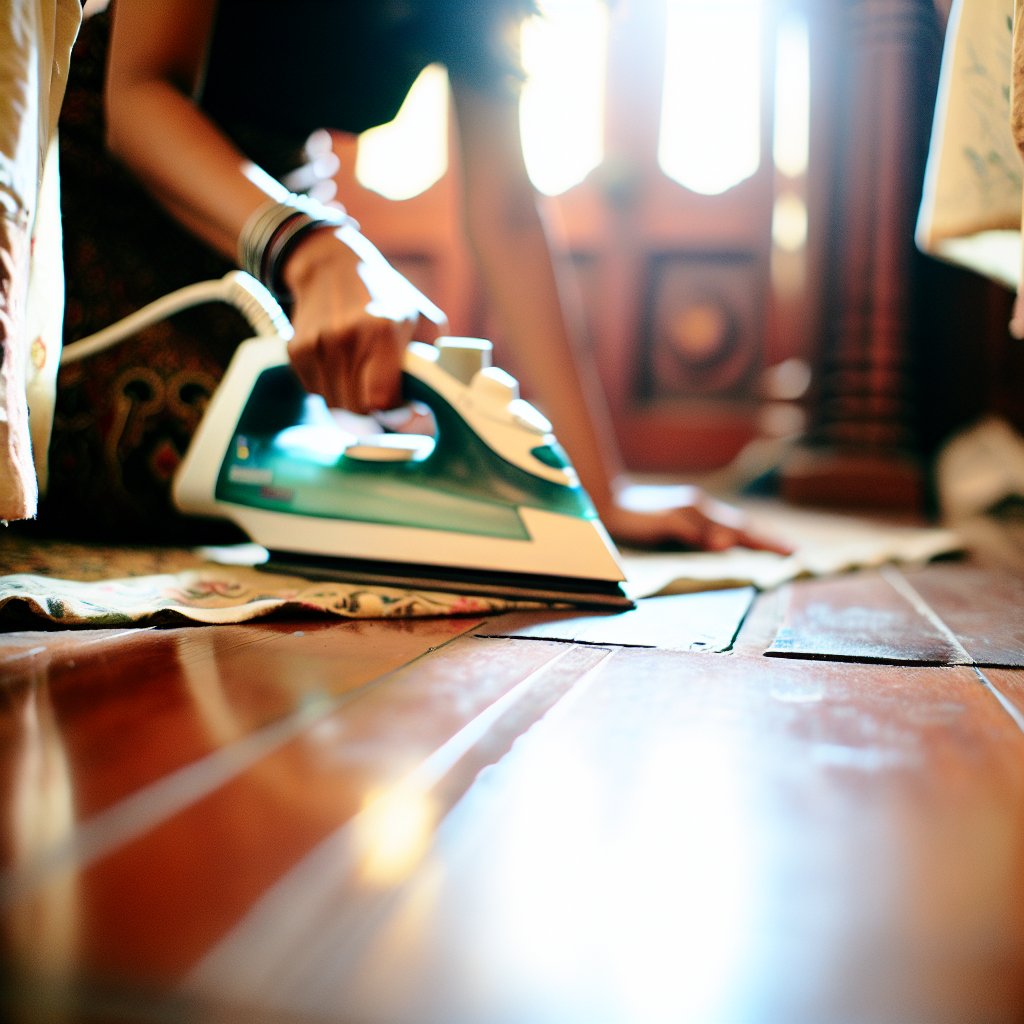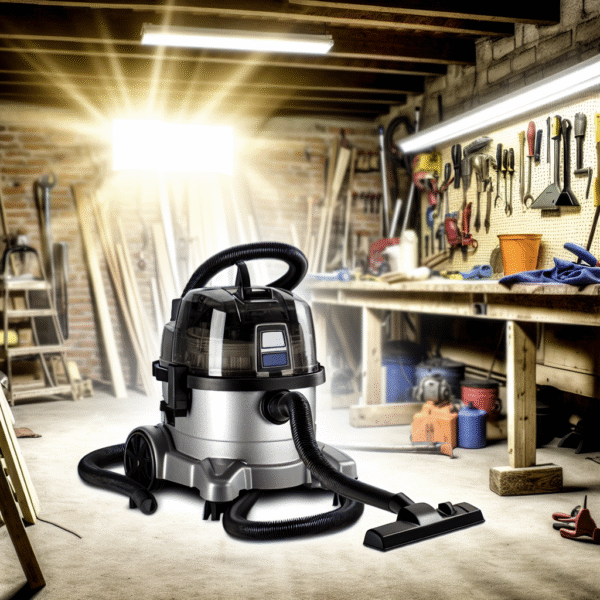How to Fix Dents in Hardwood Floors: A Complete DIY Guide
Learning how to fix dents in hardwood floors is essential for preserving that warm, inviting look we all love. Whether you’re in a cozy cabin near Lake Tahoe or a bustling apartment in New York City, hardwood flooring is vulnerable. From dropped keys to moving furniture, even small mishaps can leave unsightly dents. Fortunately, many of these can be repaired without replacing planks—or hiring a pro.
Understanding the Problem: What Causes Dents in Hardwood Floors
Hardwood flooring is durable but not invincible. It’s especially at risk in homes that embrace outdoor living—like lodges in Jackson Hole or mountain retreats in Asheville. Often, dents are caused by heavy, sharp objects like boots with pebbles stuck in their soles or toys dropped with force. Unlike scratches, which scrape the surface, dents compress the wood fibers, leaving dimples behind.
The good news? If the finish is still intact and the wood isn’t split, there are several reliable techniques for how to fix dents in hardwood floors without sanding the entire room.
The Steam and Iron Method: A Classic Quick Fix
One of the most accessible solutions for how to fix dents in hardwood floors is the steam and iron method. This approach uses heat and moisture to re-expand compressed wood fibers—not unlike restoring a wrinkle in fabric. It’s a trick used by DIYers worldwide, from Portland to Peru’s Sacred Valley.
Steps:
- Step 1: Clean the dented area using a damp microfiber cloth to remove dirt or debris.
- Step 2: Place a damp paper towel or cotton cloth directly over the dent.
- Step 3: Set your household iron to medium-high heat and gently press it over the cloth for 5–10 seconds to generate steam.
- Step 4: Let the area dry, and repeat the process if the dent persists.
This technique is most effective on newer dents and unfinished or lightly sealed floors. If your hardwood is heavily varnished or has a urethane coat, steam may not reach the wood fibers effectively. In such cases, slight scoring of the finish by an experienced hand may help, though it’s not recommended for novices.
Wood Filler and Markers: Best for Deep Dents and Rentals
For deeper dents or floors in heavily used rental properties—like lofts in Seattle or apartments in Brooklyn—wood filler can be a dependable choice. It allows for a quick yet attractive fix without replacing boards.
What You’ll Need:
- Wood filler matched to your floor’s color
- Putty knife
- 220-grit sandpaper
- Touch-up pen or wood stain
Fill the dent with wood filler, then smooth it over with the putty knife. Once dry, use sandpaper to level the area. Finish by applying a matching stain or touch-up marker. This method is perfect for vintage hardwoods in historic rentals, such as those in Savannah or Charleston, where charm and character are worth preserving.
Camouflage with Natural Oils and Waxes
In some homes, a dent is just part of the story. Especially in rustic lake houses near Big Sur or yurts surrounded by forest, aesthetic imperfection can be welcome. When damage is cosmetic rather than structural, blending is often enough.
Tools:
- Mineral oil or walnut oil
- Soft cloth or fine steel wool
- Hardwax oil or beeswax polish
Rub the oil directly into the dent using circular motions. For darker woods, crushed walnut meat can darken the spot naturally—a tip passed down in Appalachian towns like Boone, North Carolina. Let the oil absorb overnight, then buff with a wax to bring out the floor’s original richness. This method allows you to maintain character while controlling noticeable damage.
Sanding and Spot Refinishing: A Fix for Stubborn Dents
If other methods fail to remove the dent, spot refinishing offers a more intensive yet effective solution. It’s ideal for high-visibility areas like kitchens or entryways—common locations for larger dents in homes from the Catskills to the Berkshires.
Materials Needed:
- 150- and 220-grit sandpaper
- Orbital sander or rubber sanding block
- Color-matched wood stain
- Polyurethane or oil-based sealer
Start by sanding the affected area until the surface is flush. Clean up residual dust with a damp cloth. Apply matching stain in even layers and allow it to dry thoroughly. Finally, seal everything with a topcoat and wait 24 hours before placing furniture or walking over it. When done correctly, this restores both the look and feel of your hardwood flooring.
Preventing Future Dents: Best Practices for Floor Longevity
Of course, the best technique for how to fix dents in hardwood floors is simple: don’t get them in the first place. Prevention requires consistent attention—and a bit of strategy.
Pro Tips:
- Shoes Off: Keep outdoor shoes at the entry, especially after hiking or rainy days.
- Furniture Pads: Stick felt pads under chair and table legs to soften pressure points.
- Rugs and Runners: Add rugs in heavy-traffic areas such as hallways or under dining tables.
- Pet Care: Trim your pets’ nails regularly to prevent tiny dents and scratches.
Frequent travelers or Airbnb hosts should keep a repair kit handy. A basic combination of filler, a cloth, and a touch-up pen can cover minor damage in no time. Some renters in cities like Vancouver or Santa Fe even include it in welcome kits for long-term guests.
When to Call a Professional for Hardwood Floor Repair
Sometimes, a dent isn’t just a dent. Structural issues like cupping, water damage, or separated planks demand the help of a professional. Homes with antique flooring—such as Charleston’s French Quarter or San Francisco’s Painted Ladies—require special care and approach.
If your hardwood floor has deep structural damage or if previous fixes failed, hiring an expert ensures long-term preservation. Still, most dents are easily fixable with the right tools, a bit of patience, and careful technique.
Final Thoughts: Keep Your Floors—and Their Stories—Beautiful
Wood floors develop patina over time, reflecting the lives lived on them. Learning how to fix dents in hardwood floors allows you to preserve their charm while maintaining their integrity. From steam and filler to oil and sanding, these methods empower you to take control—wherever your home may be.
Even in a forest cabin in Michigan or an Airbnb in Singapore, proper hardwood care keeps the story going. Treat dents not as disasters, but as chances to connect with your space. Fix them right, and your floors will continue telling beautiful stories for years to come.







